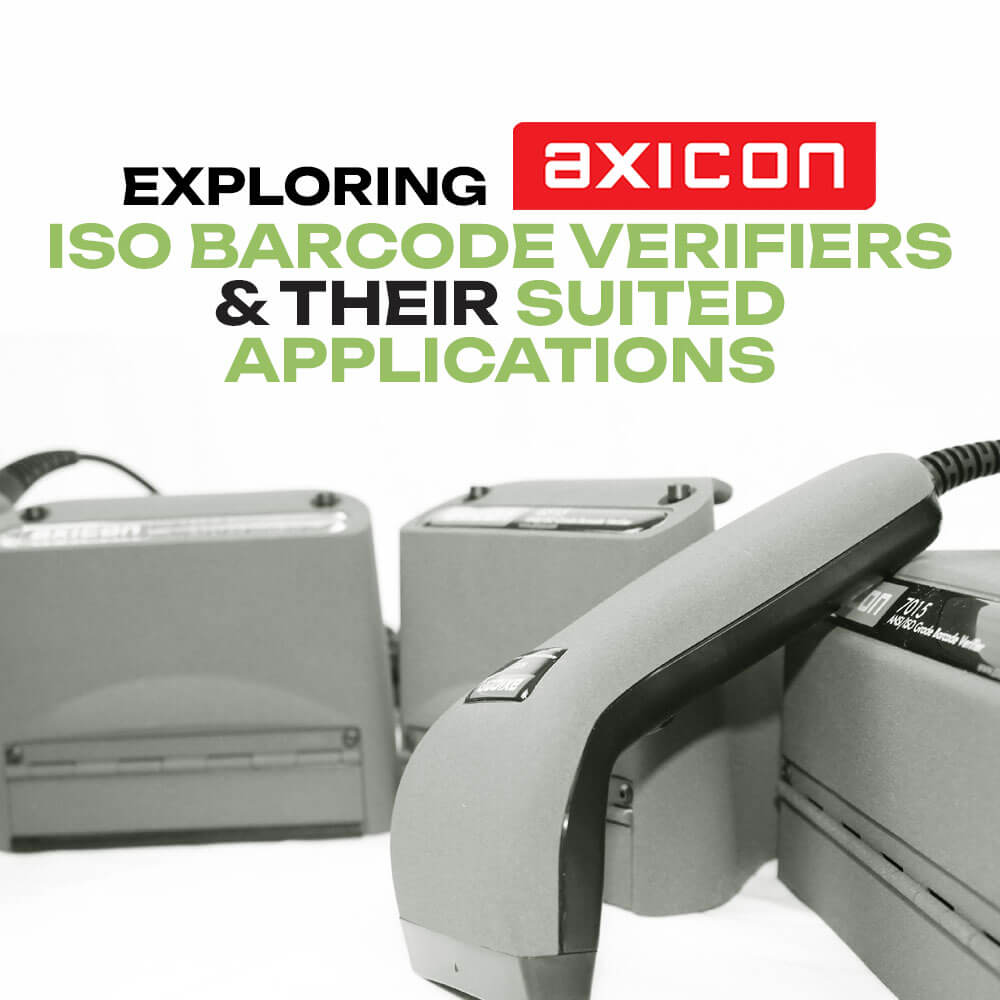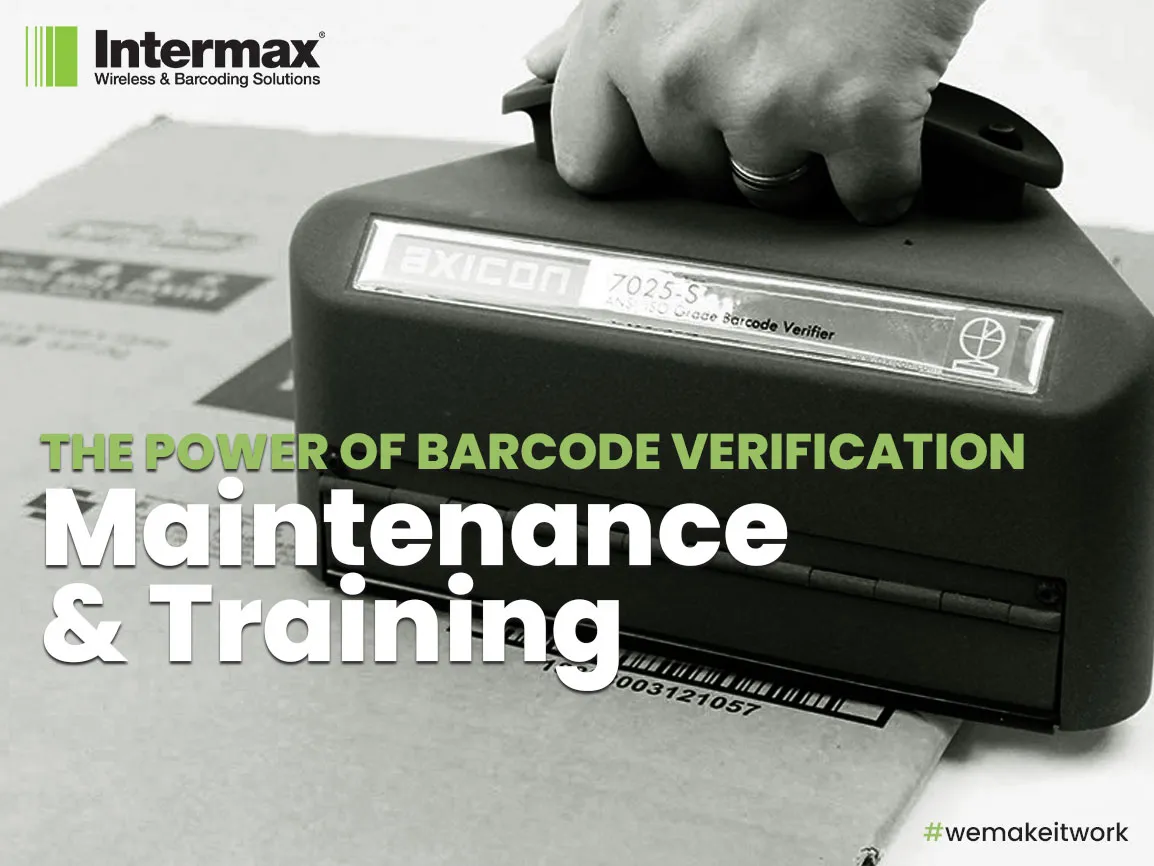
How Do Barcode Scanners Work?: The Ultimate Guide
From cereal to stationary and everything else we buy at the shops, there are barcodes on just about everything today.
These zebra stripes make it easy for us to keep track of our sales and stock levels.
But, if you own a shop, have you ever asked yourself: “how do barcode scanners work?”. If so, read this article on barcode scanners and how they scan your products.
What Are Barcodes?
If you sell products of any kind, it’s important that you keep track of what you sell and how much stock you have left. This will help you place orders and keep track of your inventory.
Some small stores only buy produce when their shelves get empty. Others keep track of their inventory with a pen and paper.
But, these two methods don’t keep track of your sales. For all you know, your stock could be low because someone stole something.
The other problem is that you’d have to price all your products by hand. If you choose to run a promotion or increase the price, the process could take a long time.
That’s where barcodes come into play.
Barcodes help you keep a centralized record of all your inventory on a computer. With this technology, you can:
- Track products
- Change prices
- Check stock levels
To put a barcode system in place in your store, you need:
- A central computer running a database of your products
- Barcodes on all your products
- Checkout scanners that read the barcodes
You also need someone that can use the system to check your stock and sales.
How Do Barcodes Represent Numbers 0 Through 9?
Barcodes are simple to understand, here’s a breakdown:
Number Representation
A barcode represents a product. These 10 digit numbers are all unique. Each section of the barcode represents a number.
The reason we use a barcode instead of the 9 digits is that barcode scanners can misinterpret numbers. For example, a computer could interpret an 8 as a 3 and vice versa.
Barcodes are very reliable and barcode scanners can read them at high speed. This makes the checkout process that much more efficient.
If you look at a barcode, you can’t identify which section represents each number unless you’ve done your research.
Each digit in the retail barcode has the same 7 units of space. Then, each number from 0 to 9 has a different black and white pattern within those 7 units.
Three Different Types Of Information
All retail barcodes have to represent three different types of information. This information includes:
- The issuing country
- The product manufacturer
- The product itself
A product with the same issuing country and manufacturer will have different barcodes if they come in different sizes. For example, a six pack of Fanta will have a different barcode than a four pack of Fanta.
2d Barcodes
Most products have a Global Trade Identification Numbers (GTIN). These are the traditional barcodes we see on all our groceries.
But, today, there are new 2D barcodes that store more information. These are most common on self-printed postage stamps.
2D barcodes are square. They look like crossword puzzles without the numbers. They’re also black and white like traditional barcodes.
How Do Barcode Scanners Work?
But, knowing what a barcode is, is no use if you don’t have a barcode scanner. Barcode scanners read barcodes. Not only this, they can do it at a much faster rate than the human eye can.
These machines make it easy for cashiers to scan objects in stores of all kind. They do so with the help of a product database which logs sales and inventory.
Barcode scanners shine an LED or laser light on the barcode. From there, the reflection from the barcode goes to a photoelectric cell. The black areas reflect the least light and the white areas the most.
The photoelectric cell generates a pattern of on-off pulses according to the barcode it is scanning. Then, an electronic circuit converts the pulses back into digits.
These digits go to the computer and the computer detects the code.
The Different Types Of Barcode Scanners
Different types of barcode scanners work in different ways. Some scanners have one photoelectric cell and others have a line of them. Also, you should choose your scanner according to your individual needs. Here is some more information:
Basic Wand Scanner
Basic wand scanners are good for various kinds of applications. they look like large electric pens and are perfect for small shops such as convenience stores.
When you pass a basic wand scanner over a barcode, it shines a red LED light on it. The barcode scanner reads the light reflections with a string of photoelectric cells.
Pen Scanner
A pen scanner looks like a basic wand scanner. That said, the technology that powers them is not as advanced.
The main difference between the two is the way the machine reads the barcode. While the wand scanner reads the entire barcode at once, the pen scanner doesn’t. With a pen scanner, you have to run it across the barcode so that it identifies every black and white block.
LASER SCANNER
Laser scanners are most popular in large superstores. They’re built into the check out area under a piece of glass. They’re the fastest barcodes scanners and can identify products in a matter of seconds.
Choosing The Best Barcode Scanners For Your Business
Today, we can also use our phones to scan barcodes. The latest technology uses the video camera to take an instant picture of the barcode. The computer then converts the black and white pattern into a number.
These types of scanners are more accurate than traditional models. In fact, barcode data entry has an error rate of 1 in 3 million.
Choosing The Best Barcode Scanners For Your Business
For all the times you’ve asked yourself “how do barcode scanners work?”, the answer is: it depends on the scanner.
As you can see, there are various barcode scanners available. The one you choose will depend on the type and size of business you own.
To find out more about barcode scanners and how to choose the best one for your business, visit Intermax today.
We sell a variety of handheld, industrial, and 2D scanners that will help you process sales and keep track of your inventory.



